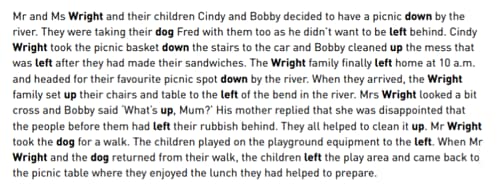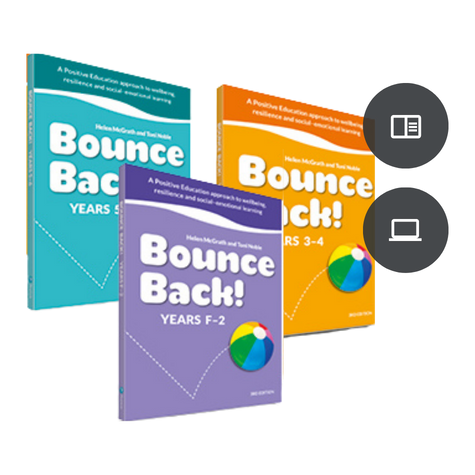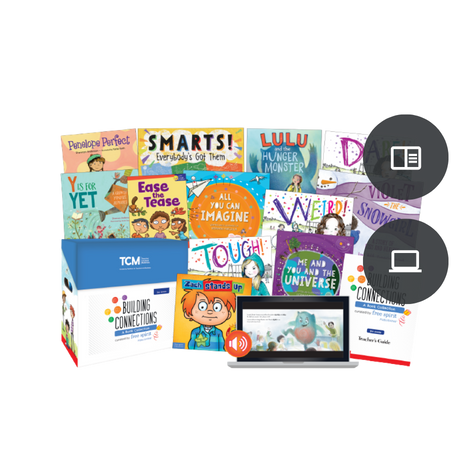|
With so many schools dealing with remote learning, families in lockdown, and students separated from friends and family, it’s more important than ever to practise strategies to improve wellbeing. Studies have shown that humour helps us to cope better and feel more hopeful, particularly during challenging times. Here are some suggestions on how to run a lesson remotely from the Bounce Back! Years 3-4 curriculum unit on Humour. There are similar lessons in Years F-2 and Years 5-6.
|
|
 |
First use video conferencing to read One More Sheep or share a reading on YouTube. You could also use your own favourite humorous book or video clip. As you would during Circle Time in class, ask students to unmute and respond to the following questions:
- Why was the book funny?
- How does your body feel after listening to a funny story?
- Do you laugh more when you’re on your own or when you share something funny with others? Why do you think this is so?
Then ask students to think of a time when they were feeling sad or worried, but something made them laugh and feel just a bit better. Ask a few students to share their story. Emphasise that funny things remind us what makes us feel sad or worried isn’t going to go on forever and things will get better. They also remind us there are still lots of good things in our life.
Follow up with this fun physical activity to enhance concentration and re-focus attention. Invite other family members at home to join in. Read the following story slowly and have students react in the following ways to the action words:
- Each time the word ‘Wright/right’ is said, they step to the right.
- Each time the word, ‘left’ is said, they step to the left.
- Each time the word, ‘up’ is said, they put both arms in the air.
- Each time the word, ‘down’ is said, they squat down and get up quickly.
- Each time the word, ‘dog’ is said, they say ‘woof’.

This should all get you laughing!
Ask students:
- What strategies did you use to pay attention?
- How much did this activity make you laugh and why?
Students can then write their own short story in small groups using video conferencing rooms or with their families as homework. You might wish to share the Wright story as an example. The activity is also a fun way to revise parts of speech. You could use students’ stories throughout the week as a brain break.



